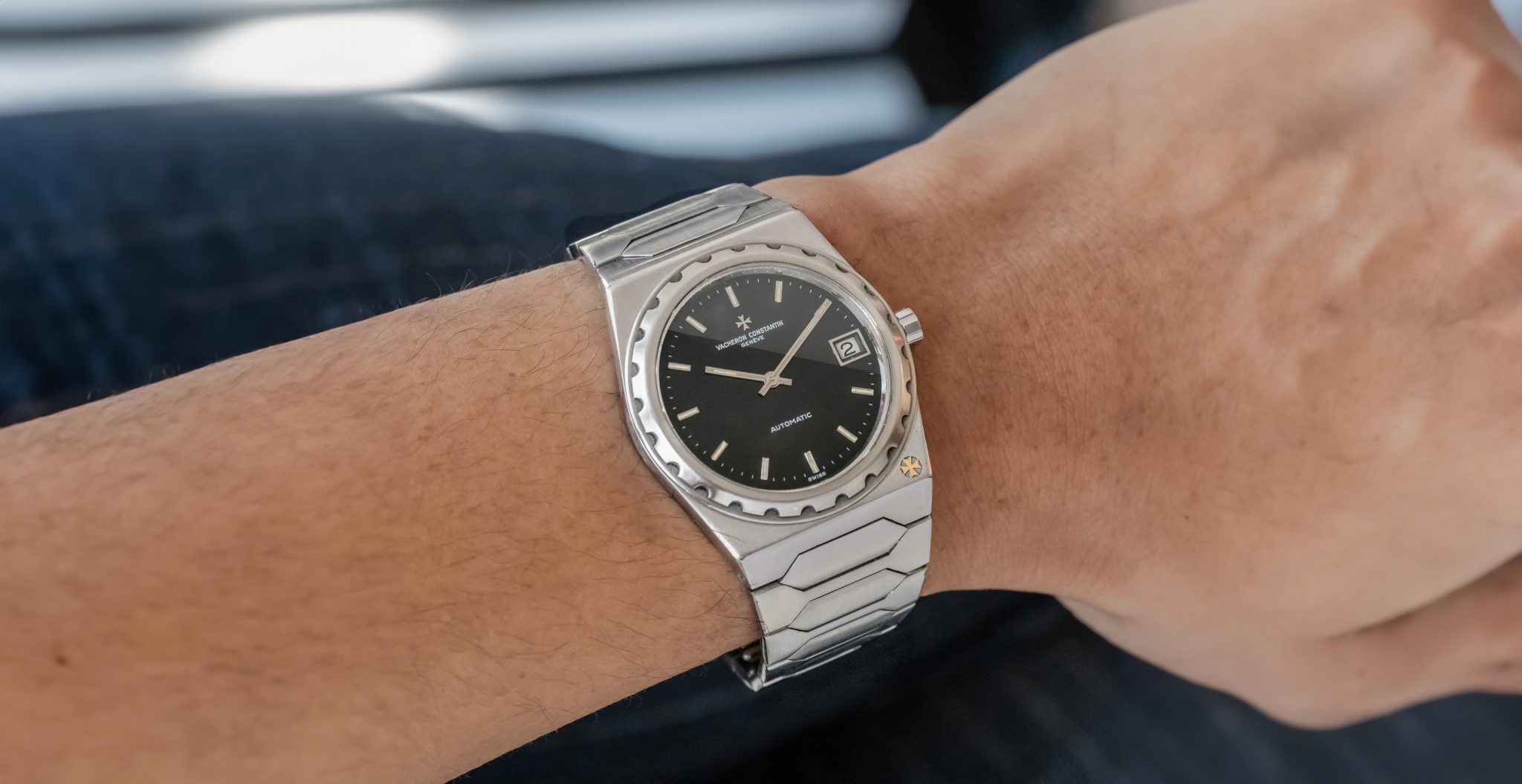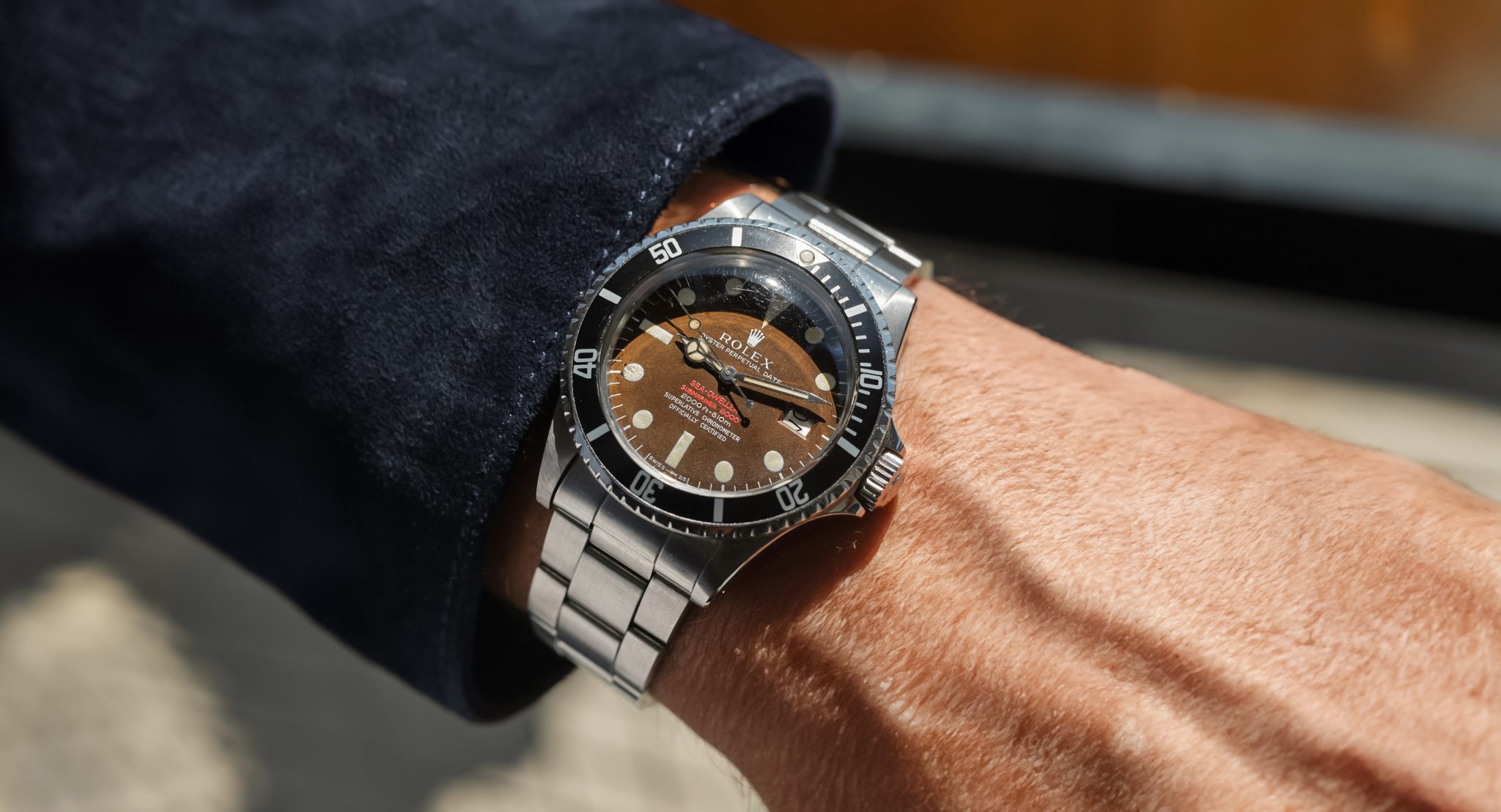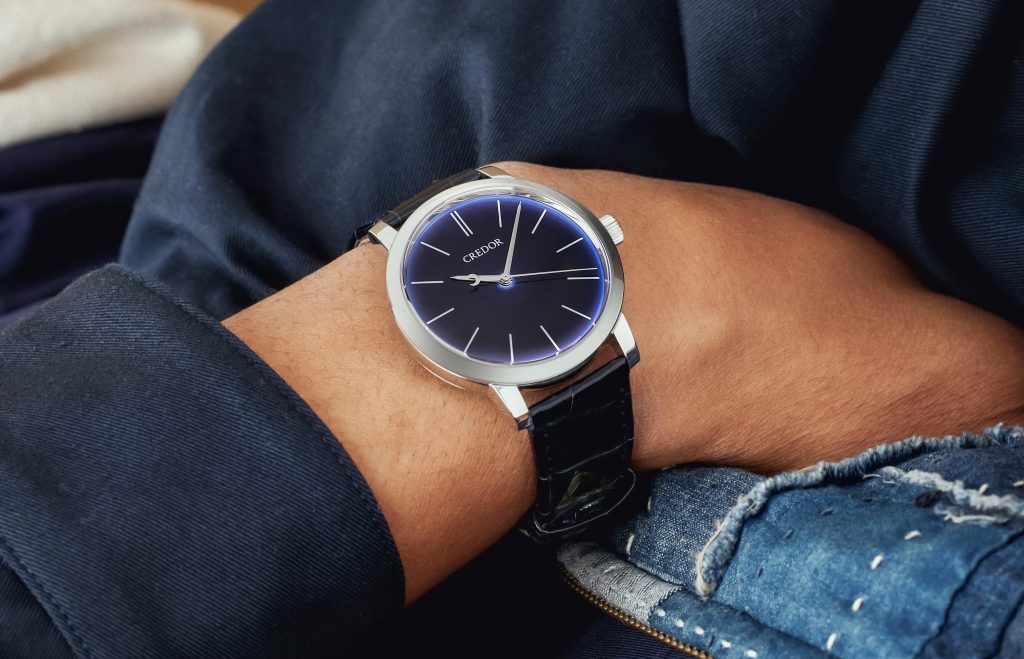
‘Ruri’ Dial Credor Eichi II
For decades, it seemed like Seiko never knew exactly what to do with Credor. The subsidiary brand was invented in 1974 in order to take the fight back to the Swiss in high-end watchmaking (quartz and mechanical). But hang on, wasn’t that the purview of Grand Seiko already? Or King Seiko maybe? The answer is, erm, sort of. The distinction between Grand Seiko and Credor was in the design: Grand Seiko was to embody robust, faceted, Zaratsu-polished classically Japanese cases. Credor, on the other hand, was to represent thin, elegant opulence with total creative license. Despite a string of very cool upmarket tool watches in the 90s under the Phoenix name, it wasn’t until the Eichi I in 2008 that the brand found rock solid footing. The Eichi line embodies what Credor was always meant to be.
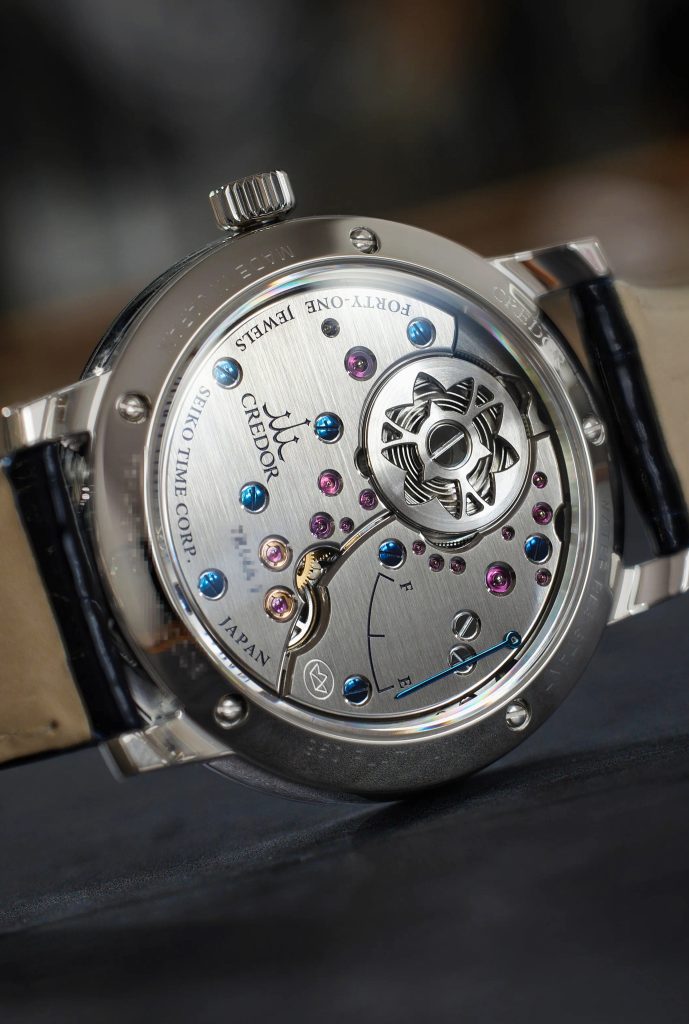
The Eichi, I & II, were created to be minimalist platinum dress watches made to the highest standard. The standard was so high, in fact, that the team at Seiko’s Micro Artist Studio in Shiojiri brought in Philippe Dufour to learn his finishing techniques. Dufour uses a specific wood to mirror polish his bevels. The team behind the Eichi couldn’t find it anywhere in Japan, except for one hospital using it for research purposes at the time. They struck a deal with the hospital to grow more, just for this effort. The result is clinically precise, huge, glowing bevels (even in the mainspring flower motif). And that dial? It’s layer upon layer of translucent porcelain, with each index painted by hand with a brush by an artist who must train for at least three years in ceramics. This Ruri dial was released a few years ago and reverses the white dial, with a gorgeous blue that’s so blue it’s almost black. The stark white indices and name reflect down the multiple layers of porcelain infinitely when you look closely, it’s magical. Where the Eichi I was 35mm with a power reserve on dial, the II really perfected the recipe with no complications and 39mm Zaratsu case. The Eichi I was made in 25 examples. The Eichi II is limited to 25 examples per year, for an unannounced lifespan.
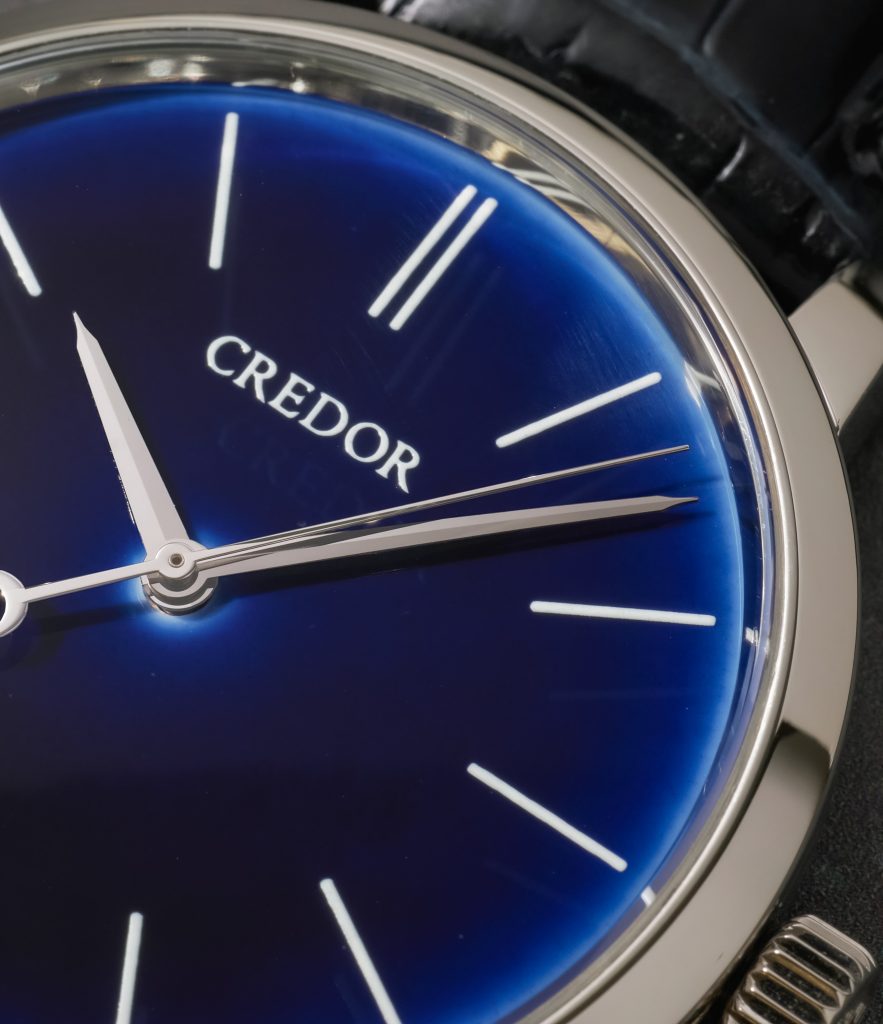
The 7R14 is a close cousin of the 9R02 spring drive, which combines a mechanical mainspring with spring drive regulation for precise timekeeping in a distinctly Japanese fashion. If you look closely, you’ll note that Credor, in the Eichi II, arranged the bridge plates in such a way to give a stem to the mainspring flower, with two pedals revealing the constantly-spinning, magnetically controlled glide wheel regulated by a quartz crystal. This all derives its current from the mainspring. Spring drive movements like this are a reminder that Japan didn’t take mechanical watchmaking’s return to preeminence lying down. They fought back, in their own style, using everything they’d learned along the way at the same time. It’s a magnificent three-hander that encapsulates the last five decades of Japan’s watchmaking struggles and says to the world, specifically the Swiss, ‘Bring it.’ Or ‘kakatte koi’, more accurately.
This example has very light surface wear that’s hardly visible, only if you look extremely closely will you see anything. It comes with a full set from a well-regarded London retailer.







